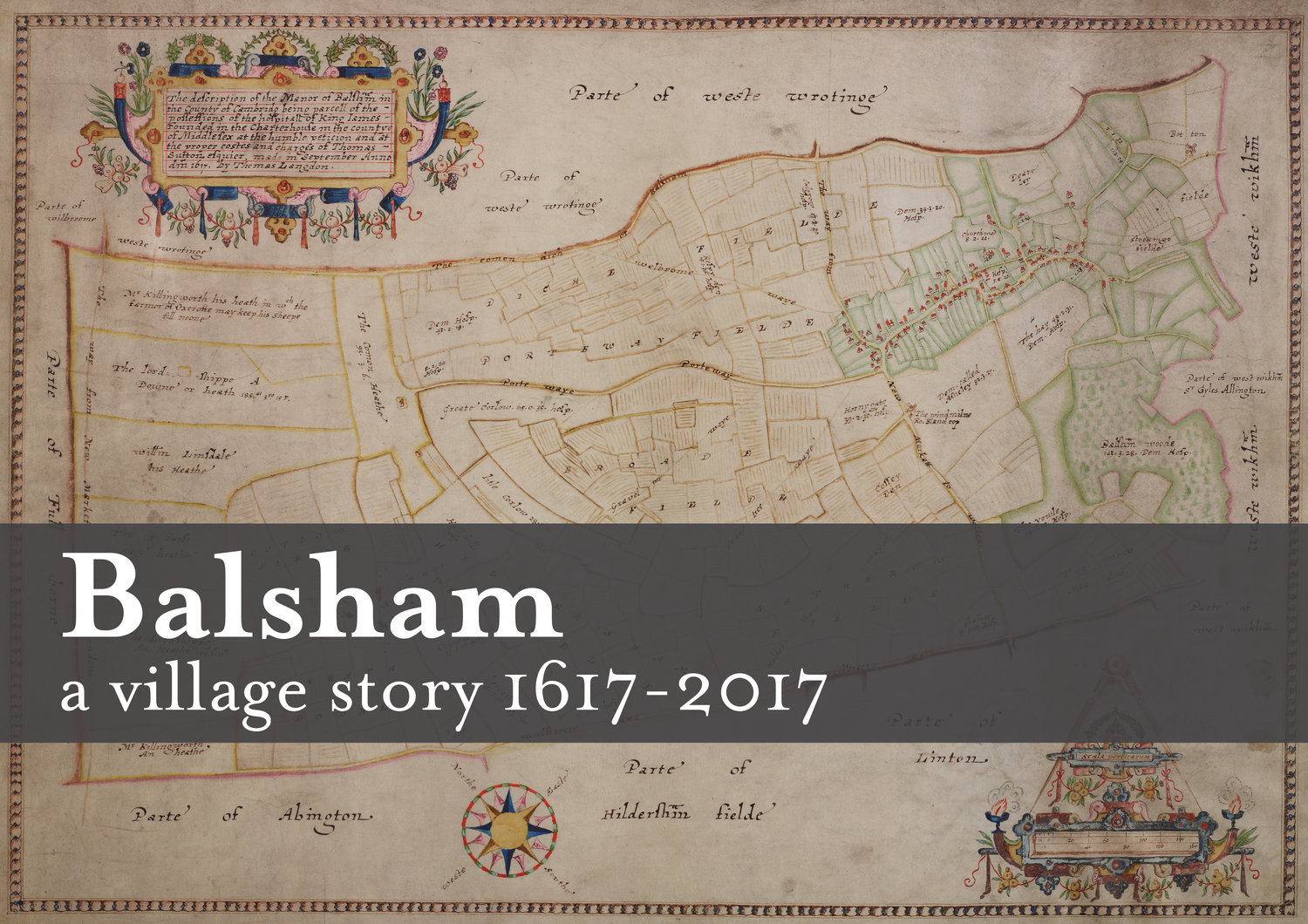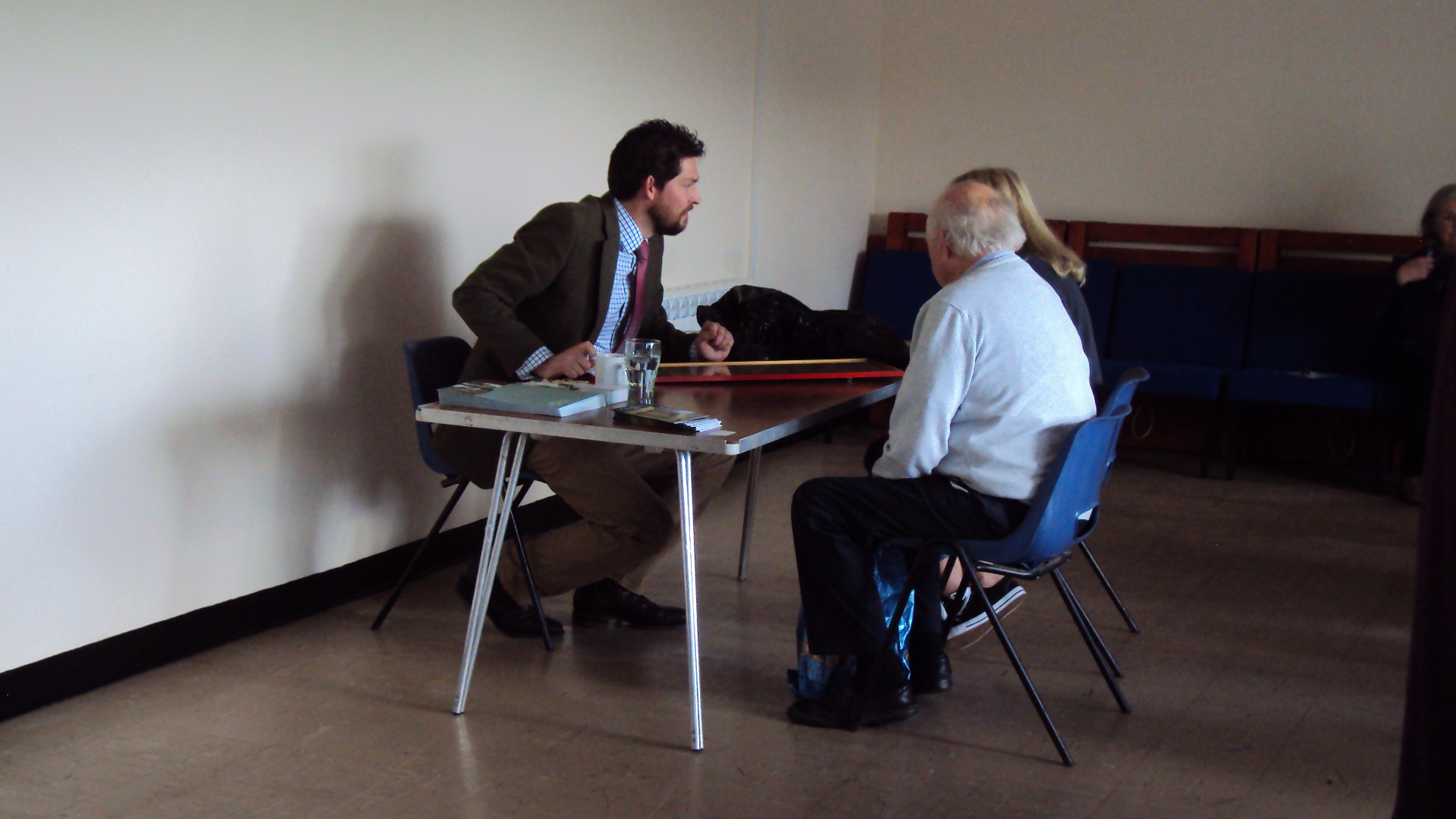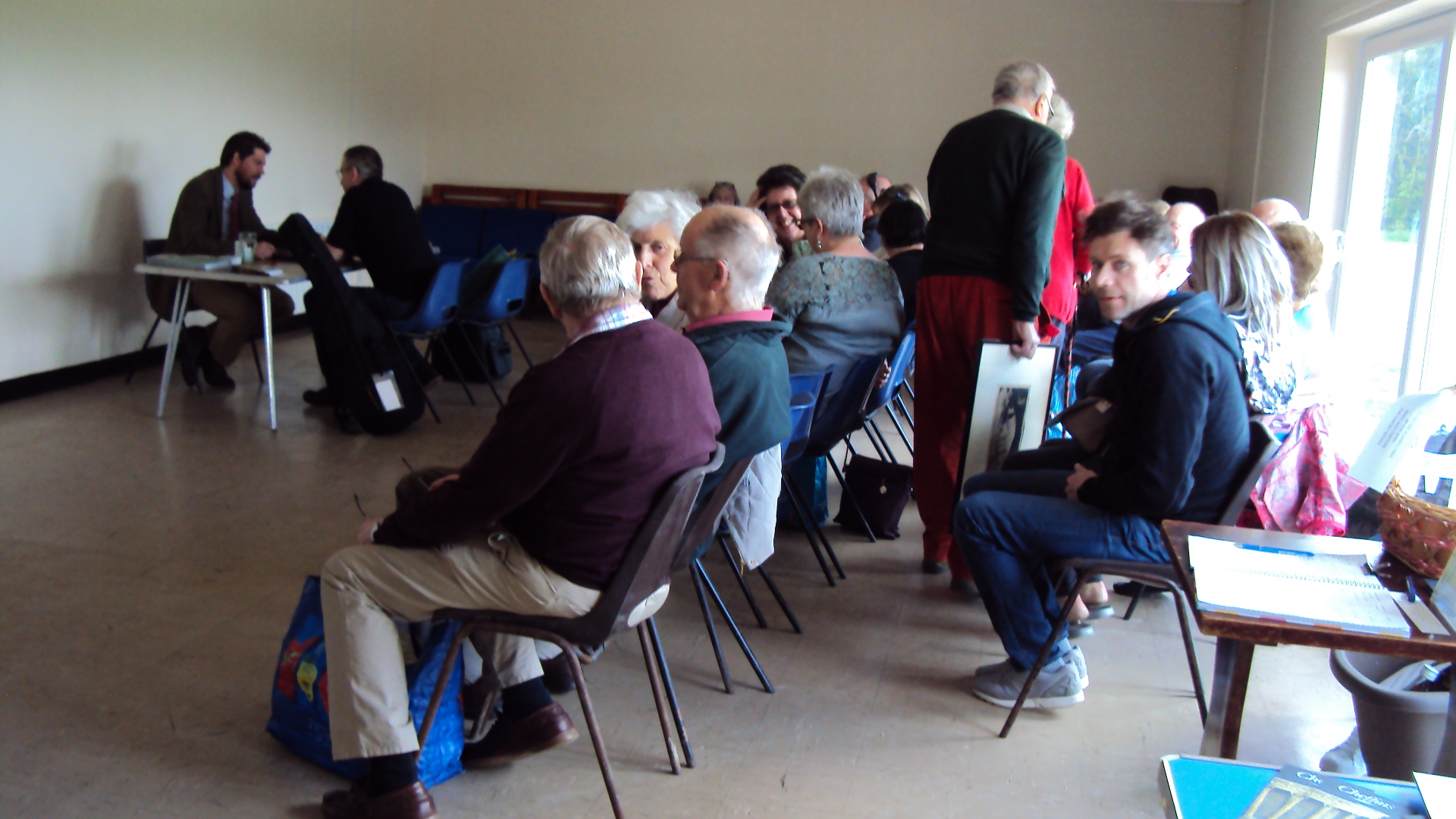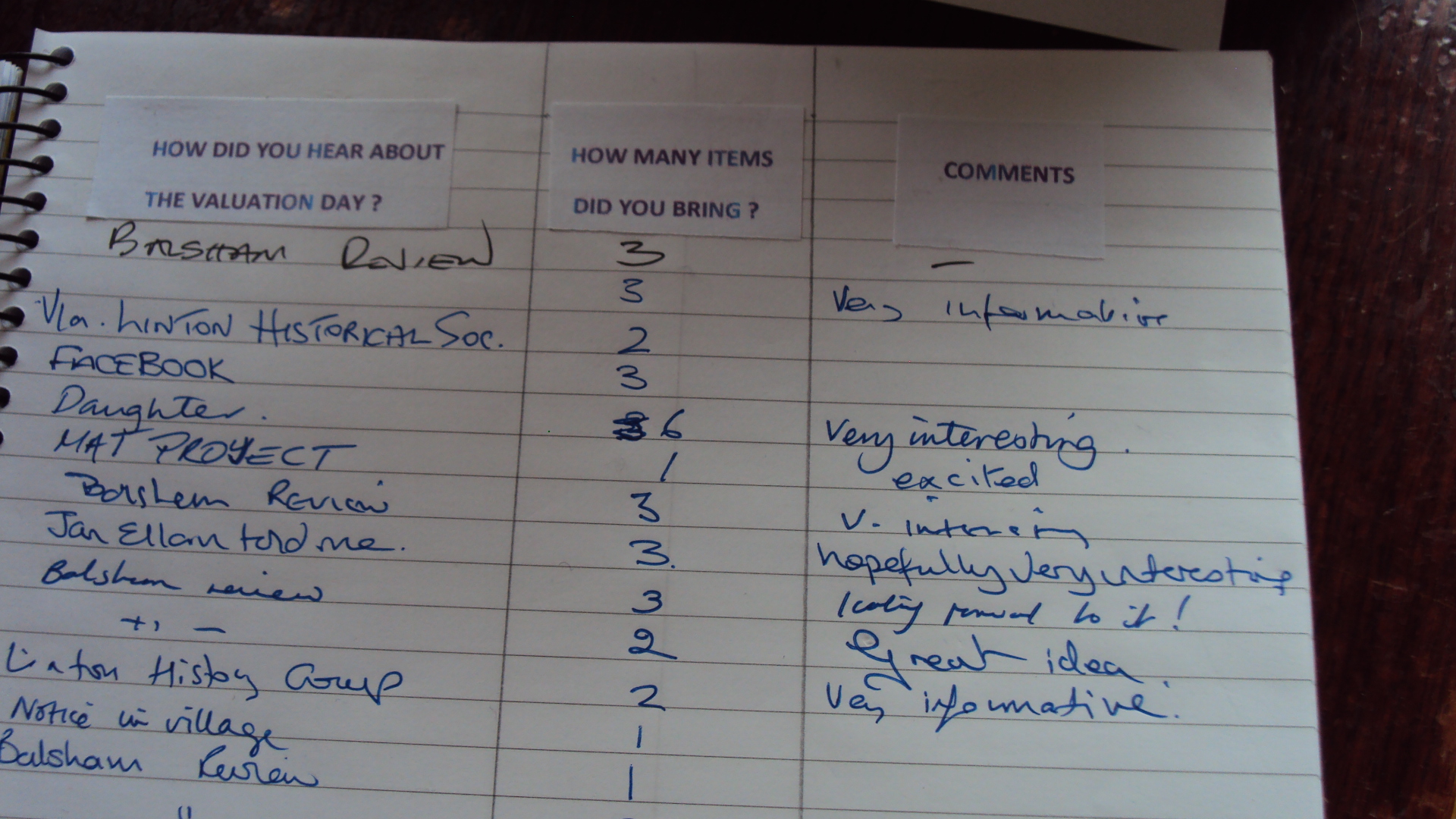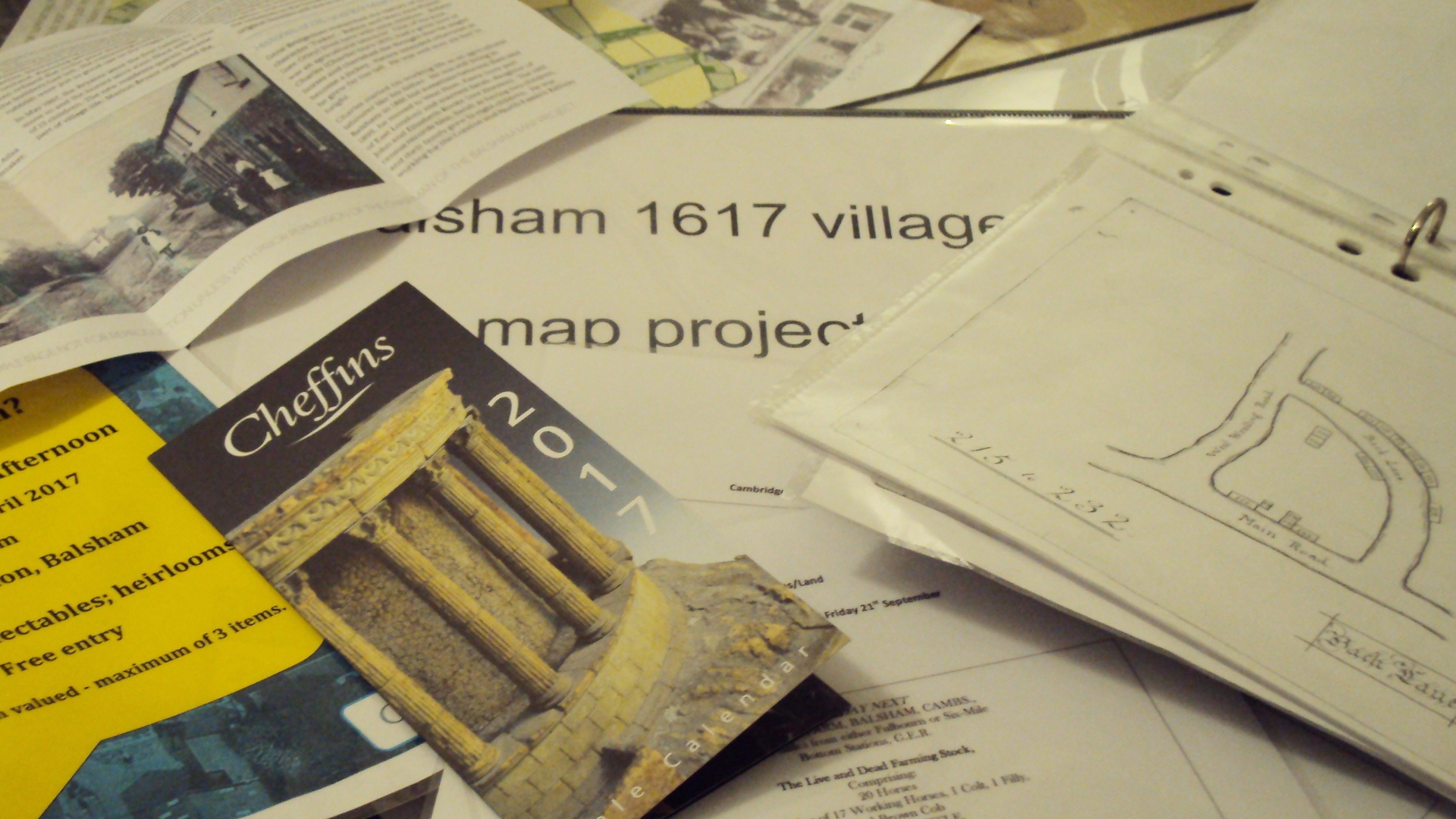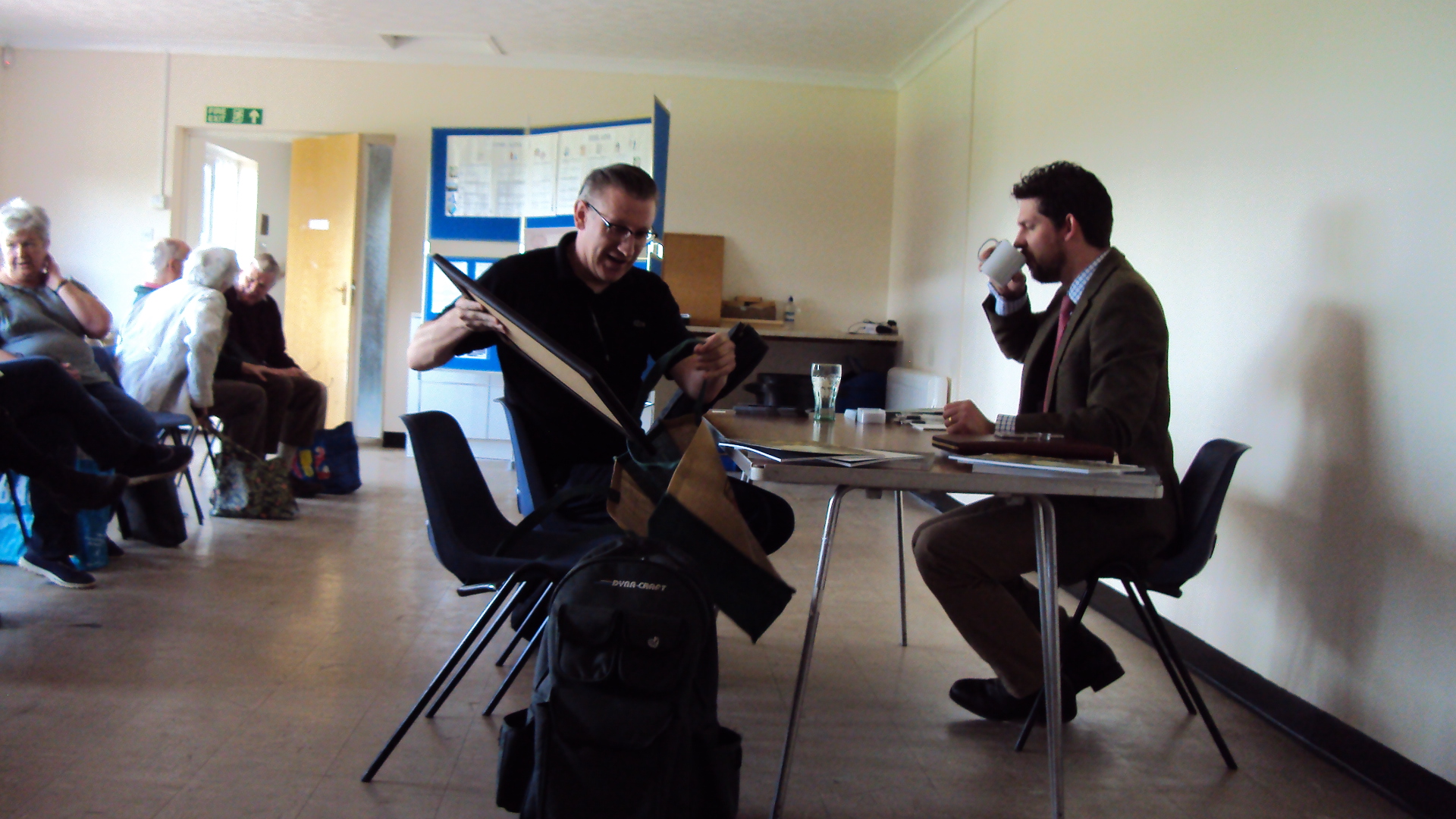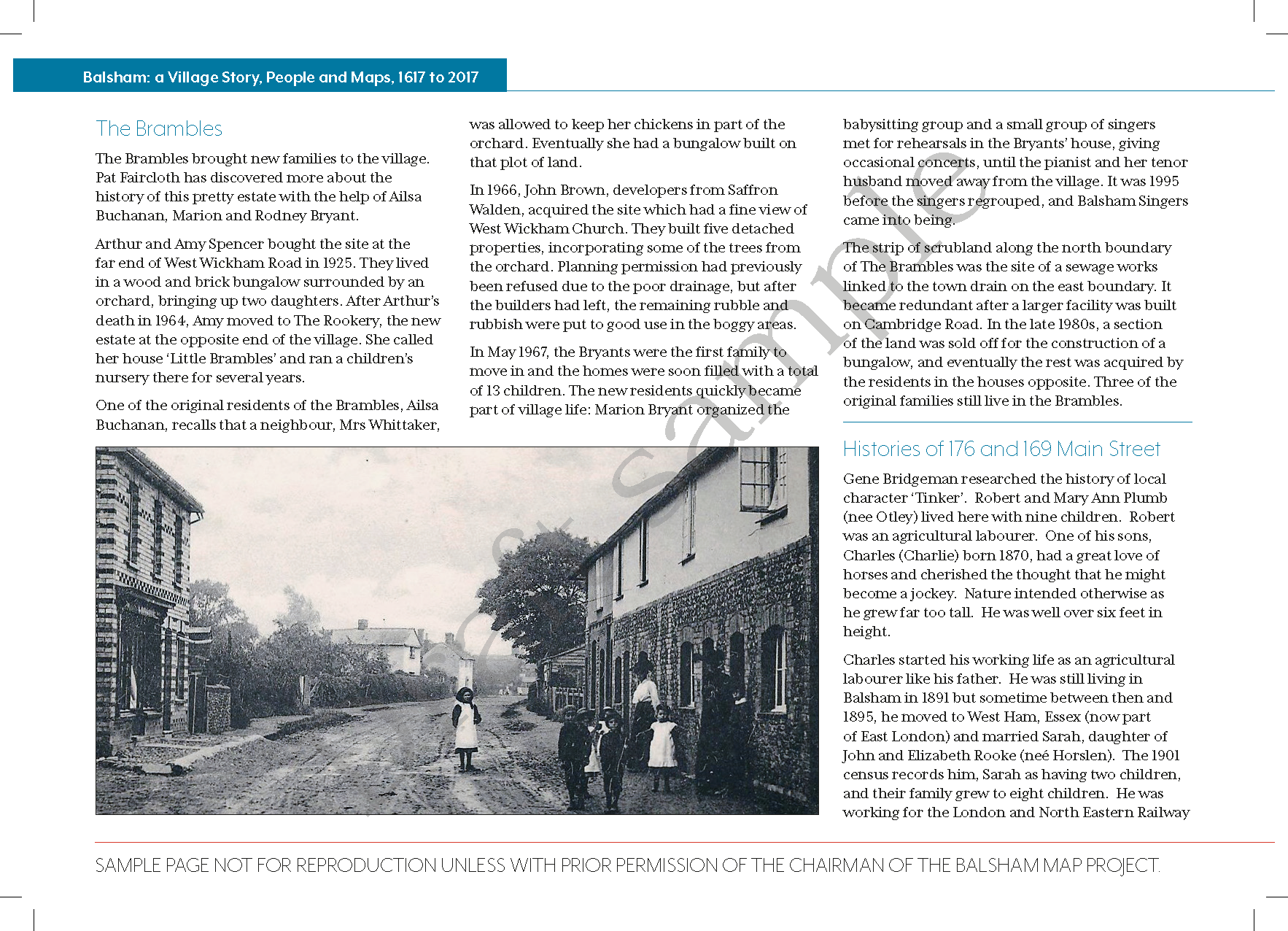We have agreed on a title for our book. 'Balsham 1617 - 2017 A Village Story in Maps '.
A great deal has been written about the past, and, as we approach the final stages of the project we sought stories from people living in the village in more modern times. Here are just a few :
From a farmer in 1950, water from the deep well was pumped to the farmhouse and all the cottages every night, besides 60 cattle and 200 pigs. Electricity was not installed until 1958, mains water in 1975.
Once known as Oxcroft Lane as it led towards Oxcroft Farm, an old manor in the parish of West Wratting, the route took on greater importance from the C19th, when it replaced Fox Road as the more popular route from Walden to Newmarket.
The tall poplars planted by my parents and for so long in my life a landmark of home, visible for miles away, were felled this year. The old iron estate fencing that I remember from my childhood is long gone, as is the old gate into the orchard where the grass tennis court used to be.
When we first moved to Balsham in 1967 (two days before Christmas) it was a great delight to enjoy the country having lived in London for 18 months in a basement flat. The sun was shining into the house on our first Sunday morning was a real joy.
